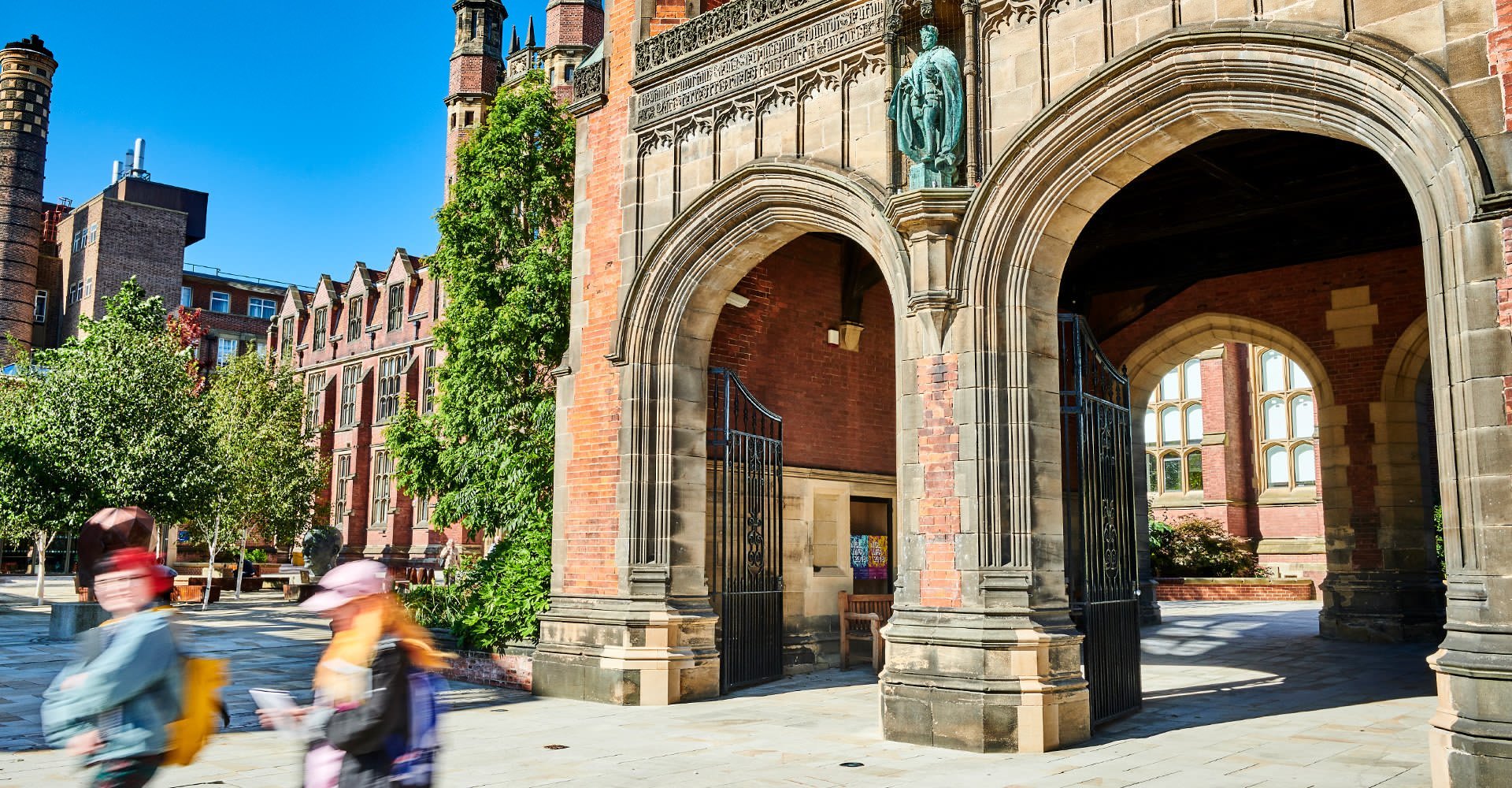BMD3011 : Clinical Movement, Balance and Mobility Analysis (Inactive)
- Inactive for Year: 2025/26
- Module Leader(s): Dr Lizeth Sloot
- Co-Module Leader: Dr Silvia Del Din
- Lecturer: Dr Iain Spears, Dr Daniel Eaves
- Owning School: Biomedical, Nutritional and Sports Scien
- Teaching Location: Newcastle City Campus
Semesters
Your programme is made up of credits, the total differs on programme to programme.
| Semester 1 Credit Value: | 20 |
| ECTS Credits: | 10.0 |
| European Credit Transfer System | |
Aims
The field of human movement science studies how muscle forces create movement, external forces challenge balance and how this impacts mobility. The biomechanical principles are regularly applied to better understand the underlying mechanisms of pathology, guide treatment; and medical devices and interventions.
The aim of this module is to:
Introduce the principles of clinical gait analysis, balance analysis and mobility;
Present ways in which they can be applied to inform clinical decision-making;
Introduce a range of instruments used to assess different aspects of human movement.
The module will offer students the opportunity to develop hands-on skills to measure, analyse and interpret the biomechanics of human movement in a clinical context. As part of this, students will be produce simple scripts in languages (such as MATLAB and Python) to analyse data, as these skills are becoming essential for those continuing in the field of biomechanics.
Outline Of Syllabus
Topics covered by this module include:
1) the principles of clinical gait analysis
2) review of balance analysis methods
3) mobility assessment with wearable and portable sensors
4) application of these methods in clinical contexts, specifically ageing
5) instruments to assess motion, force and muscle activity
6) using computer script-based analysis and visualisation of biomechanics data
Teaching Methods
Teaching Activities
| Category | Activity | Number | Length | Student Hours | Comment |
|---|---|---|---|---|---|
| Scheduled Learning And Teaching Activities | Lecture | 1 | 1:00 | 1:00 | MATLAB programming delivery and problem solving |
| Guided Independent Study | Assessment preparation and completion | 1 | 1:00 | 1:00 | Completing and reflecting on practical |
| Scheduled Learning And Teaching Activities | Lecture | 20 | 1:00 | 20:00 | Mixture of in person and online |
| Guided Independent Study | Assessment preparation and completion | 1 | 50:00 | 50:00 | Preparation and revision for assessment |
| Guided Independent Study | Directed research and reading | 1 | 108:00 | 108:00 | Completing directed readings and enhancing understanding of lecture materials |
| Scheduled Learning And Teaching Activities | Practical | 3 | 2:00 | 6:00 | Set up protocol; measure human movement using biomechanical equipment; analysis |
| Scheduled Learning And Teaching Activities | Small group teaching | 4 | 2:00 | 8:00 | Computer workshops on how to process, analyse and illustrate biomechanical data |
| Scheduled Learning And Teaching Activities | Small group teaching | 2 | 1:00 | 2:00 | Revision session held at end of the semester |
| Scheduled Learning And Teaching Activities | Small group teaching | 1 | 1:00 | 1:00 | Gait lab demonstration |
| Guided Independent Study | Student-led group activity | 1 | 2:00 | 2:00 | Peer-led feedback of case-study reports; followed by re-writing the reports |
| Scheduled Learning And Teaching Activities | Module talk | 1 | 1:00 | 1:00 | Introduction to the module |
| Total | 200:00 |
Teaching Rationale And Relationship
Lectures and lecture materials introduce and reinforce key concepts of the module in support of the knowledge outcomes. Practical sessions and the gait lab demonstration are designed to provide students with hands-on use of biomechanics equipment and the skill to develop a measurement protocol. Additional workshops plus introductory lecture will teach students how to process, analyse and illustrate biomechanical data. The student-led group activity on peer-feedback practises the skill of constructive criticism and implementation of feedback. Independent study will allow students to extend their knowledge and prepare for assessments through consolidation of module content, reading of books, journal articles and other recommended references. The revision session will give students the opportunity to practice oral presentations and revise material prior to the exam.
Assessment Methods
The format of resits will be determined by the Board of Examiners
Other Assessment
| Description | Semester | When Set | Percentage | Comment |
|---|---|---|---|---|
| Case study | 1 | M | 60 | Students will be required to complete a case study report - 2000 words. |
| Oral Presentation | 1 | M | 40 | Group oral presentation (15 min) on biomechanical approaches to diagnosing and managing clinical conditions, followed by questions related to the presentation and syllabus |
Assessment Rationale And Relationship
The oral presentation will encourage students to verbally communicate the material to staff and peers. They will be asked to answer questions to test their deeper knowledge. The oral presentation will assess all the knowledge outcomes.
The case study report will assess the student’s ability to assess and communicate the biomechanics of human movement in a clinical context. In doing so, the students will demonstrate a working knowledge of the fundamentals of biomechanics; and how these fundamentals can be applied to the study of human movement.
Reading Lists
Timetable
- Timetable Website: www.ncl.ac.uk/timetable/
- BMD3011's Timetable
